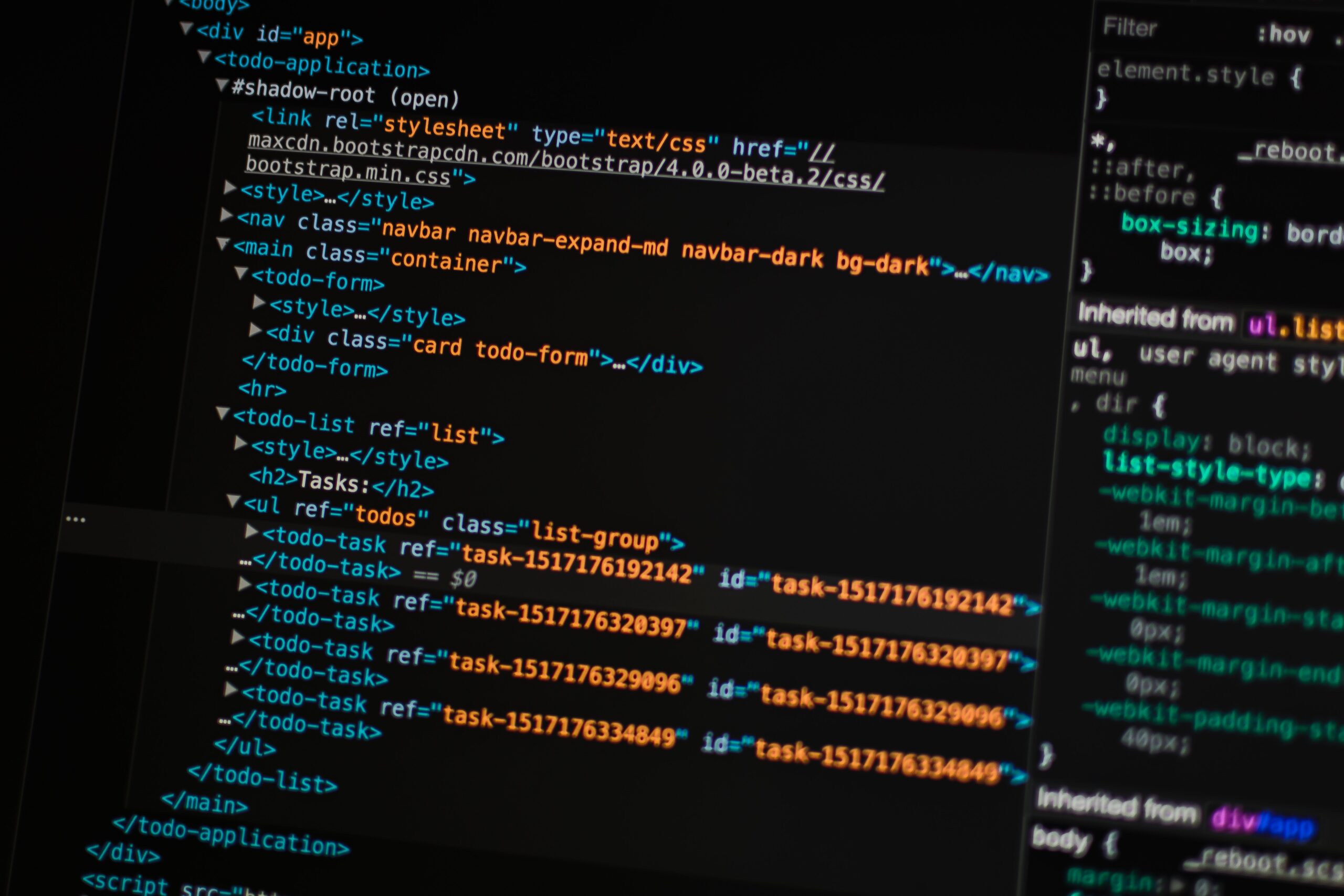
The Digital Battlefield of Competitive Pricing
In the relentless arena of modern business, information is the most potent weapon. Competitor price monitoring has emerged as a critical strategic tool that separates market leaders from followers. Imagine having a real-time window into your competitors‘ pricing strategies, understanding their every move before they make it, and positioning your business with surgical precision.
The Evolution of Competitive Intelligence
The journey of price monitoring is a testament to technological innovation. Just decades ago, businesses relied on manual market research, spending weeks collecting fragmented pricing information. Today, advanced web scraping technologies enable real-time, comprehensive competitive analysis that was once unimaginable.
Understanding Web Scraping: The Technical Heart of Price Monitoring
Web scraping represents the sophisticated technological backbone of modern competitive intelligence. It‘s not just about collecting data—it‘s about transforming raw digital information into strategic insights that drive business decisions.
The Intricate Mechanics of Data Extraction
At its core, web scraping involves complex algorithmic processes that navigate through websites, extract relevant pricing information, and organize it into meaningful datasets. These technologies must overcome numerous challenges, including:
Dynamic Content Rendering
Modern websites use advanced JavaScript frameworks that dynamically load content, making traditional scraping techniques obsolete. Cutting-edge scraping tools now employ headless browser technologies and sophisticated rendering engines to capture real-time pricing data.Anti-Scraping Mechanisms
Websites implement increasingly complex barriers to prevent automated data extraction. Successful price monitoring requires advanced techniques like:
- Intelligent IP rotation
- User-agent spoofing
- Sophisticated request throttling
- Machine learning-powered evasion strategies
Mathematical Models of Web Scraping Effectiveness
[Scraping Efficiency = \frac{(Extracted Data Points * Data Relevance)}{Technical Complexity + Anti-Scraping Resistance}]This formula illustrates the delicate balance between data collection capabilities and technological challenges.
Strategic Implementation: Turning Data into Competitive Advantage
The Business Intelligence Transformation
Price monitoring transcends mere data collection. It‘s about creating a comprehensive intelligence ecosystem that provides actionable insights. Successful implementations integrate multiple data sources, employ advanced analytics, and create dynamic response mechanisms.
Real-World Case Study: E-commerce Price Intelligence Revolution
Consider a mid-sized electronics retailer that implemented an advanced price monitoring system. By leveraging machine learning algorithms and comprehensive web scraping infrastructure, they achieved remarkable results:
- Pricing strategy optimization improved by 27%
- Market share expansion of 18.5%
- Operational efficiency gains exceeding 35%
The key wasn‘t just collecting data—it was transforming that data into strategic decision-making capabilities.
Technical Architecture of Advanced Price Monitoring
Building a Robust Monitoring Infrastructure
Creating an effective price monitoring solution requires a multi-layered technological approach:
Data Collection Layer
Utilize distributed computing frameworks that can simultaneously extract data from multiple sources, ensuring comprehensive market coverage.Data Normalization Engine
Implement advanced machine learning algorithms that can standardize pricing information across diverse platforms, accounting for regional variations and complex pricing structures.Predictive Analytics Framework
Develop statistical models that not only track current pricing but predict future market trends with remarkable accuracy.
Navigating Legal and Ethical Landscapes
Compliance in the Age of Data Collection
Price monitoring exists in a complex regulatory environment. Successful strategies must balance technological capabilities with strict ethical guidelines:
- Rigorous adherence to website terms of service
- Transparent data collection methodologies
- Robust privacy protection mechanisms
- Continuous compliance monitoring
Emerging Technologies Reshaping Competitive Intelligence
The Future of Price Monitoring
Cutting-edge technologies are rapidly transforming competitive intelligence:
Artificial Intelligence Integration
Machine learning models are becoming exponentially more sophisticated, enabling predictive pricing strategies that were previously impossible.Blockchain Verification
Emerging blockchain technologies promise to create immutable, transparent pricing records that could revolutionize competitive tracking.Advanced Machine Learning
Neural networks are developing unprecedented capabilities in pattern recognition and market trend prediction.
Practical Implementation Strategies
Building Your Competitive Intelligence Ecosystem
Developing an effective price monitoring strategy requires:
- Selecting scalable web scraping technologies
- Creating flexible data processing pipelines
- Implementing robust analytical frameworks
- Designing responsive strategic decision mechanisms
Investment and Market Considerations
The Economic Value of Competitive Intelligence
Price monitoring is not an expense—it‘s a strategic investment. Organizations that successfully implement these technologies can expect:
- Improved market positioning
- Enhanced pricing strategies
- Increased operational efficiency
- More informed strategic decision-making
Conclusion: The Competitive Edge
Competitor price monitoring represents more than a technological solution—it‘s a fundamental shift in how businesses understand and respond to market dynamics. By leveraging advanced web scraping technologies, machine learning algorithms, and sophisticated analytical frameworks, organizations can transform raw digital data into powerful, actionable intelligence.
The future belongs to those who can not just collect information, but truly understand and act upon it.










